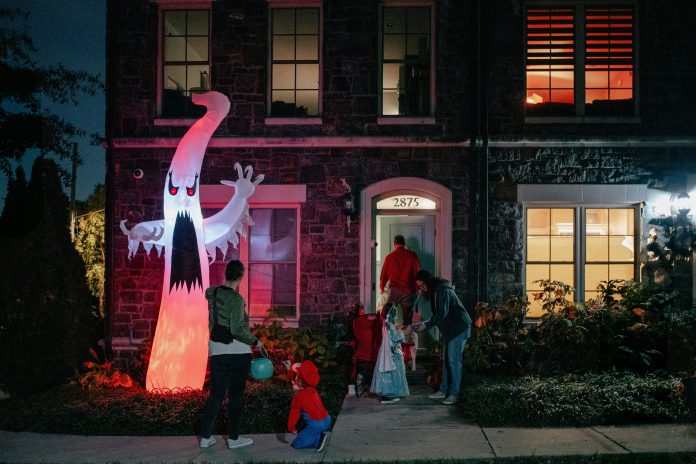
Halloween is rapidly becoming a global phenomenon, expanding far beyond American suburbs, where it was once characterized by trick-or-treating and jack-o'-lanterns. From the bustling streets of Ho Chi Minh City to the iconic Shibuya Crossing in Tokyo, and in the unique traditions of European towns, October. 31 is now marked by a distinct and international flair. This spread, fueled by globalization and commercial interests, is not mere cultural imitation. Instead, it represents a fascinating process of cultural adaptation, where the imported holiday is reshaped and redefined by local customs, creating new traditions and raising questions about cultural identity in an interconnected world.
In Vietnam, for instance, Halloween is embraced with vibrant enthusiasm, yet it bears little resemblance to its American counterpart. As detailed in guides to the holiday there, you won’t find widespread trick-or-treating for children. Instead, the celebration is largely an adult affair, centered on elaborate costume parties in major cities like Hanoi and Ho Chi Minh City. The festivities are consciously distinguished from the traditional Vietnamese Ghost Month, which is a solemn time for honoring ancestors. The result is a unique fusion: spooky decorations and creative costumes, often inspired by both Western monsters and Vietnamese mythical creatures, coexist without erasing deep-seated local beliefs. Halloween here is less about the supernatural and more about socialization and public celebration, adding a modern layer to the country's rich blend of festivals.
Similarly, Japan has adopted Halloween with a distinctively local twist. As one expat’s account describes, the holiday is a spectacle of costumes and street parties, particularly in major urban centers. The focus is overwhelmingly on creative self-expression through "kasou" (costumes), with a strong emphasis on characters from anime, manga, and video games. Unlike the home-centered, child-oriented American version, Japanese Halloween is a public, social event for young adults. It has also been wholeheartedly embraced by commerce, with theme parks like Tokyo Disneyland and convenience stores launching extensive and month-long campaigns. Tellingly, the Japanese even have their own spooky season, Obon, a mid-summer festival to honor ancestral spirits. Halloween hasn't replaced it; it has simply carved out a new, parallel space for secular, playful scares.
Europe, with its own deep history of autumn festivals, presents a different adaptation. In countries like Spain, Halloween elapses over three days, connecting with the existing Día de Todos Los Santos and Día de los Muertos, and featuring local treats like Huesos de Santo (Bones of the Saint) pastries. In Germany, a tradition involves hiding knives to protect returning spirits, which is a practice rooted in older beliefs. These examples show that Halloween in Europe often doesn't replace local traditions but rather integrates with them, creating a hybrid celebration that reflects a complex and layered cultural identity.
The global embrace of Halloween is more than just the success of American cultural exports. It is evidence of how cultures absorb and reinvent global trends. The skeleton of the holiday - costumes, a spooky theme, and a date on the calendar remains, but each nation fills it with its own spirit. Young people in Vietnam and Japan are not becoming "Americanized"; they are using the Halloween framework as a new canvas for creativity and social gathering, one that operates independently of their own traditional ghost festivals and ancestral rites.
Ultimately, the worldwide spread of Halloween signals a new era of cultural exchange. It shows that globalization does not necessarily lead to a homogenized, monolithic world culture. Instead, it can lead to a vibrant masquerade of shared but distinct celebrations. As pumpkins glow on streets from Berlin to Bangkok, they illuminate not just an American tradition, but a global one - reimagined, repurposed, and uniquely local in its own right.
